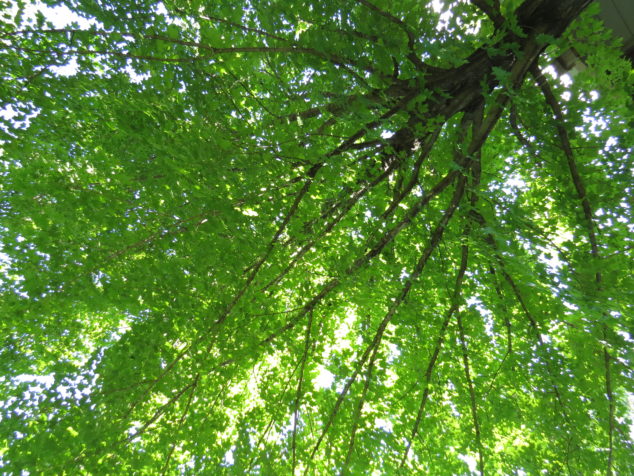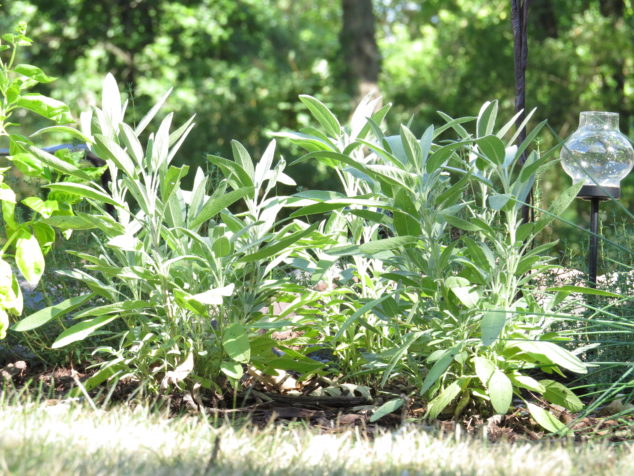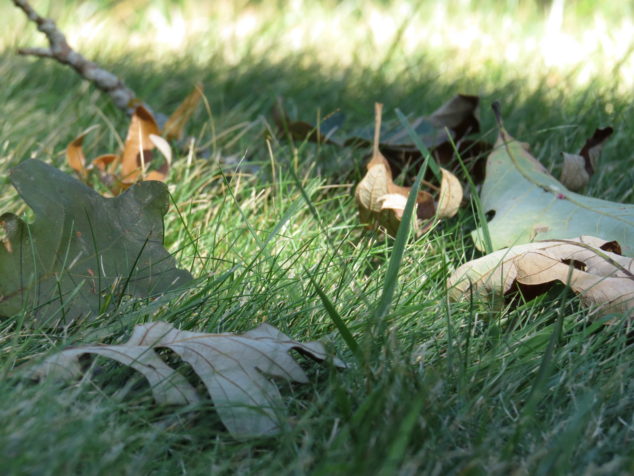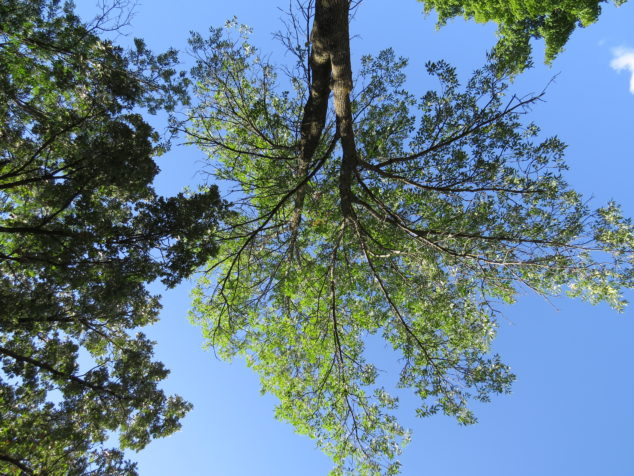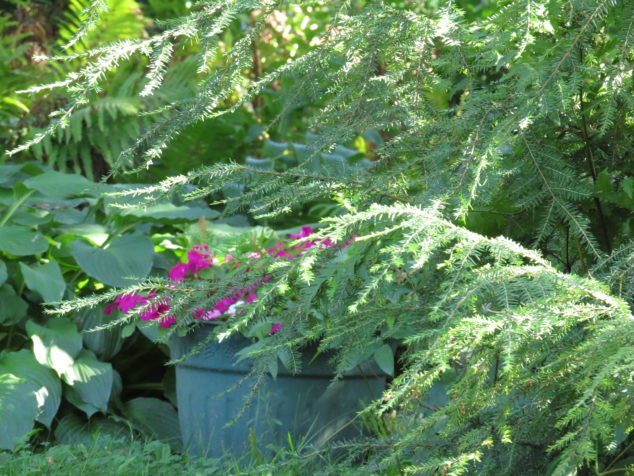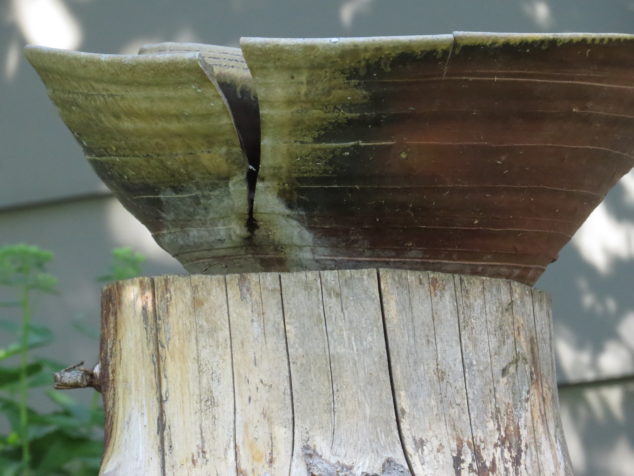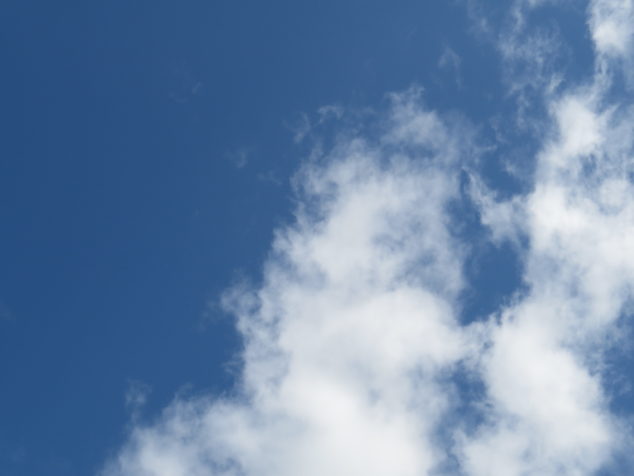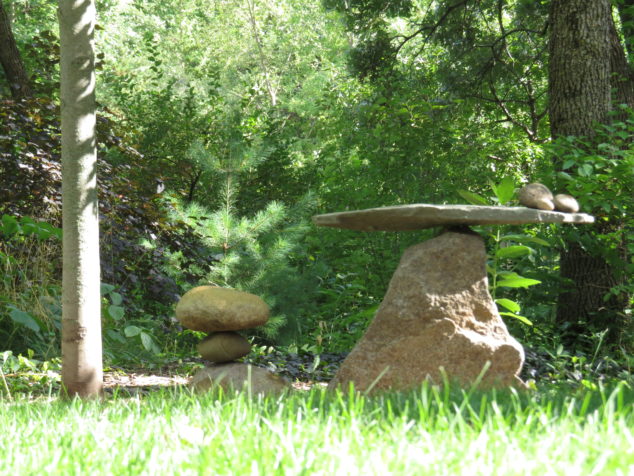Do you remember how often you were on the ground when you were a kid? Our babies spent hours on blankets spread out on the grass while I worked in the garden or their older siblings played in the sandbox. There was usually a Black Lab dog named Licorice in the grass or on the blanket near them, taking seriously her self-proclaimed job as baby-sitter. When older, the kids played with kittens, watched the chickens, rolled down hills, caught frogs in the mud of the corral, made forts in the lilac bush, made snow angels and snow forts, and so many other things—all while sitting, crawling, or lying on the ground! When they entered teenage years, their ground time was reduced to sports, laying out in the sun to get a tan, or an occasional picnic on a blanket. All three had summers of their young adult years when they returned to living close to the earth at summer camps and outdoor jobs, when their bodies and spirits felt strong and empowered. And then, what happens to us when we become adults? How often are we in a building, in a car, in air conditioning, in good clothes, in a hurry?
My Mom recently returned from a week-long camping trip to Wyoming. She remarked about how well she slept each night on her cot in a tent—much better than her nights at home in her own bed! I told her about a quote from the Touch the Earth Trail pamphlet from Mille Lacs Kathio State Park that we had visited.
“The Dakota was a true naturist, a lover of nature. He loved the earth and all things of the earth, the attachment growing with age. The old people came literally to love the soil and they sat or reclined on the ground with a feeling of being close to a mothering power. It was good for the skin to touch the Earth and the old people liked to remove their moccasins and walk with bare feet on the sacred earth. The soil was soothing, strengthening, cleansing, and healing. That is why the old Indian still sits upon the earth instead of propping himself up and away from its life-giving forces. For him, to sit or lie upon the ground is to be able to think more deeply and feel more keenly; he can see more clearly into the mysteries of life and come closer in kinship to other lives about him.” —Luther Standing Bear, Lakota leader and author, 1868-1939
Looking back at thousands of years of human history, most humans had almost continuous contact with the Earth each day. This direct contact with the Earth is now called grounding or earthing; (also terms in electrical engineering to ensure safety of equipment and humans.) There have been studies that indicate grounding’s positive effect on blood viscosity, heart rate variability, cortisol levels, inflammation, sleep, and autonomic nervous system balance.
If a person has pets or kids, it’s easy to spend time on the ground with them and get a different perspective of the world.
When do you feel grounded? How does one get to that ‘down-to-earth’ feeling? Luther Standing Bear, young kids, animals, well-being researchers, and yoga instructors know that you can literally just drop down to the earth. When I feel tired, achy and beat-up, like the weight of the world is on my shoulders, I like to lie down in the grass on my stomach, usually with a Black Lab dog named Tamba by my side. I am never too much or not enough for Mother Earth. I am just another one of her precious creatures. My body feels supported; I feel the warmth of the sun and the cool of the shade. My heartbeat becomes the heartbeat of the Earth, and with that awareness comes a calming, a grounding, and an appreciation for the life-giving forces inherent in Mother Earth and in each of us.

